Okay, are you bitten by the travel bug? Do you, like, crave experiences that go way beyond the typical tourist traps? Then you’re totally in the right place! Today, we’re diving deep into the vibrant world of cultural festivals. And I mean, we’re not just talking about any festivals. We’re talking about the creme de la creme, the absolute must-experience events that offer a unique window into the heart and soul of different cultures. Get ready to explore the top 10 cultural festivals that should be on every traveler’s bucket list!
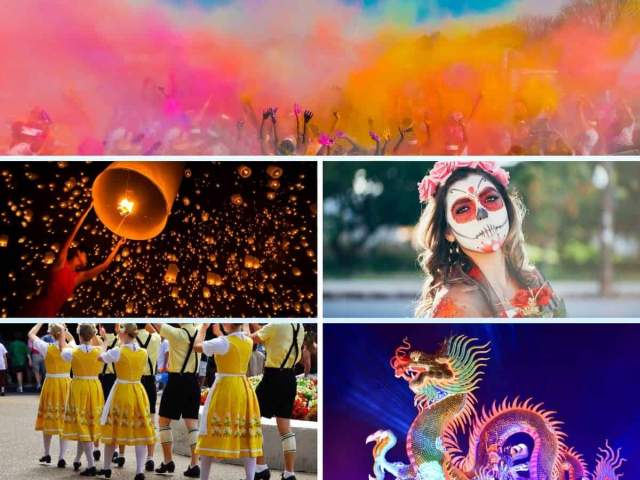
Why Cultural Festivals? They’re More Than Just a Party
Before we jump into the list, let’s talk about why cultural festivals are so special. I mean, these aren’t just big parties (although they can be incredibly fun!). They’re actually living, breathing expressions of a community’s cultural sites, beliefs, traditions, and values. You know, attending a cultural festival is kind of like stepping into a time machine and a storybook all at once.
You get to:
- Witness ancient rituals: See traditions passed down through generations, often unchanged for centuries.
- Taste exotic flavors: Indulge in unique culinary delights you won’t find anywhere else.
- Hear captivating music and see mesmerizing dances: You’ll experience the power of art forms that tell stories without words.
- Connect with locals: Engage with people in a way that transcends language barriers, sharing moments of joy, reverence, and celebration.
- Gain a deeper understanding of the world: Basically, expand your perspective and challenge your assumptions about different cultures.
So yeah, cultural festivals offer an immersive, transformative travel experience that’s unlike anything else. Are you ready to add a touch of festival magic to your next adventure?
Gearing Up for Your Cultural Adventure: Here are Some Planning Tips
So, you’re convinced that you have to experience the richness of global cultural festivals. Cool! But how do you plan a trip around these events? Well, here’s a quick guide:
- Do Your Research: Once you’ve identified a festival that interests you, dive deep! You’ll want to learn about its history, significance, customs, and any specific etiquette you should be aware of.
- Check the Dates: Festival dates can vary from year to year, especially if they’re based on lunar calendars, right? So always confirm the exact dates for the year you plan to travel. Considering you are reading this in 2024, you might want to start looking at options for cultural festivals to visit in 2025.
- Book in Advance: Popular cultural festivals attract visitors from all over the world. Accommodation, flights, and even entry tickets can sell out really quickly, so I’d say book well in advance.
- Pack Appropriately: Consider the climate, cultural norms, and any specific activities you’ll be participating in. Pack comfortable shoes, maybe some modest clothing (if required), and any essential items you might need.
- Be Respectful: Remember, you’re a guest in someone else’s culture. Be mindful of local customs, traditions, and sensitivities, you know? I’d suggest you ask before taking photos, and always be open to learning.
- Embrace the Unexpected: Things don’t always go according to plan at festivals. Just be flexible, adaptable, and open to spontaneous adventures. It’s often the unplanned moments that create the most lasting memories.
Let’s dive into some unique cultural experiences to explore worldwide.
1. Rio Carnival, Brazil: It’s the World’s Biggest Party
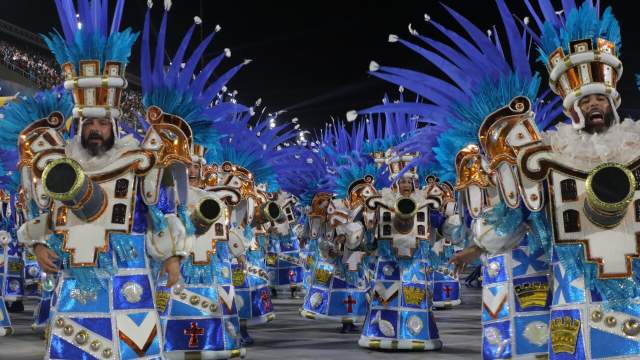
If there’s one festival that embodies pure, unadulterated joy and spectacle, it’s Rio Carnival. I mean, this legendary event, held annually before Lent, transforms Rio de Janeiro into a whirlwind of color, music, and dance.
- What to Expect: Samba parades with, like, elaborate floats and costumes, street parties (blocos) that erupt spontaneously, and a palpable energy that’s totally infectious.
- Why It’s Unique: Carnival is more than just a party; it’s a deeply ingrained part of Brazilian culture, reflecting its history, diversity, and passion for life.
- My Tip: Book your accommodation way in advance, and be prepared for crowds! You might want to consider attending a samba school rehearsal before the main event for a more intimate experience.
2. Holi, India: Get Ready for the Festival of Colors

Holi, the “Festival of Colors,” is a Hindu festival celebrated primarily in India and Nepal. It’s a joyous occasion that, you know, marks the arrival of spring and the triumph of good over evil.
- What to Expect: People throwing vibrant colored powders (gulal) and water at each other, creating a kaleidoscope of hues. It’s a time for forgiveness, forgetting past grievances, and basically celebrating new beginnings.
- Why It’s Unique: Holi is a visual spectacle unlike any other, a celebration of unity and joy that breaks down social barriers and brings people together.
- My Tip: Wear old clothes that you don’t mind getting stained, and I’d say protect your eyes and hair. Be prepared to get messy and have a blast! You might want to consider that this is one of the most popular global cultural festivals in the East.
3. Dia de los Muertos, Mexico: It’s About Honoring the Departed
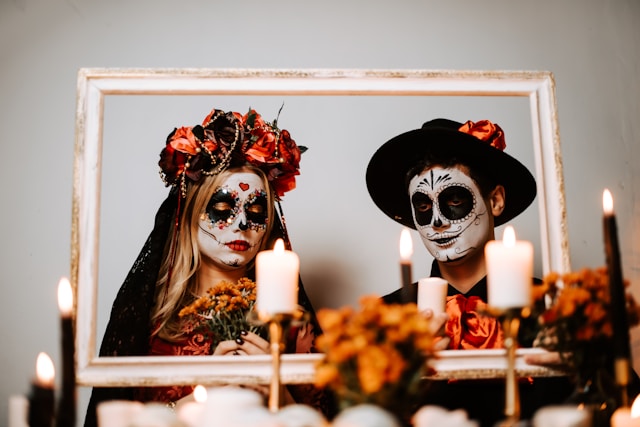
Dia de los Muertos (Day of the Dead) is a Mexican holiday that honors deceased loved ones. It’s a beautiful and deeply meaningful celebration that, well, it blends indigenous traditions with Catholic beliefs.
- What to Expect: Families building altars (ofrendas) decorated with photos, flowers, food, and candles to welcome the spirits of the dead. You’ll see sugar skulls, marigolds, and parades are also common sights.
- Why It’s Unique: Dia de los Muertos is a poignant reminder of the cycle of life and death, a celebration of the enduring bonds between the living and the departed. It’s a far cry from the somber tone often associated with death in other cultures.
- My Tip: Visit a local market to see the beautiful crafts and decorations associated with the festival. If you have the opportunity, I’d suggest you attend a celebration in a smaller town or village for a more authentic experience.
4. Harbin International Ice and Snow Sculpture Festival, China: A True Winter Wonderland
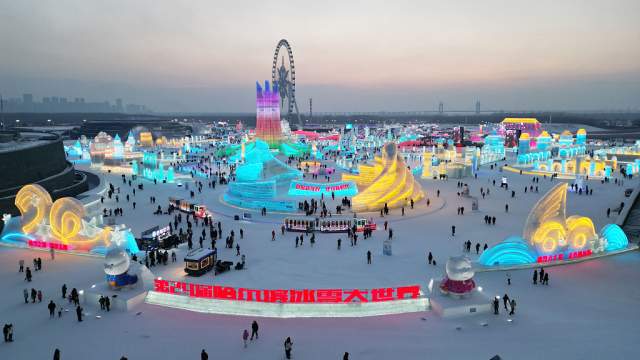
The Harbin International Ice and Snow Sculpture Festival is, well, it’s a breathtaking display of artistry and engineering, held annually in Harbin, China.
- What to Expect: Massive ice and snow sculptures, some reaching incredible heights and intricate detail. Illuminated at night, they create a really magical winter wonderland.
- Why It’s Unique: The sheer scale and artistry of the sculptures are awe-inspiring. It’s a testament to human creativity and, like, the beauty of nature.
- My Tip: Dress warmly! I mean, temperatures in Harbin during the festival can be extremely cold. Be prepared for icy conditions underfoot.
5. Boryeong Mud Festival, South Korea: You Should Get Down and Dirty!
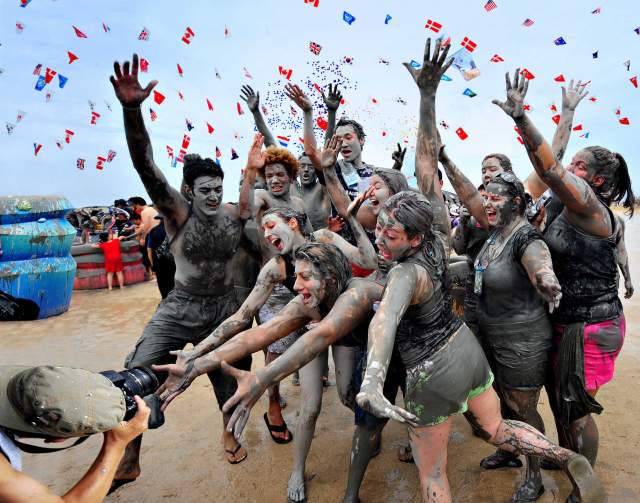
The Boryeong Mud Festival, held annually in Boryeong, South Korea, is a unique and playful event that celebrates the therapeutic properties of the local mud.
- What to Expect: Mud wrestling, mud slides, mud pools, and all sorts of mud-related activities. It’s a chance to let loose, have fun, and well, get covered in mud from head to toe.
- Why It’s Unique: It’s a festival dedicated entirely to mud! The mud is said to be rich in minerals and beneficial for the skin.
- My tip: If you will visit in July, be aware that this is one of annual cultural celebrations to attend worldwide during the summer. You should wear a swimsuit or clothes you don’t mind getting muddy, and bring a waterproof bag for your belongings.
6. Albuquerque International Balloon Fiesta, USA: Up, Up, and Away We Go!

The Albuquerque International Balloon Fiesta, held annually in Albuquerque, New Mexico, is actually the largest hot air balloon festival in the world.
- What to Expect: Hundreds of hot air balloons of all shapes and sizes taking to the skies, creating a breathtaking spectacle. You’ll see mass ascensions, balloon glows, and special shape rodeos are among the highlights.
- Why It’s Unique: I mean, the sight of so many balloons filling the sky is truly unforgettable. It’s a celebration of flight, adventure, and the beauty of the New Mexico landscape.
- My tip: Arrive early to witness the dawn patrol, when balloons launch in the dark and glow against the pre-dawn sky. Cool, right?
7. Naadam Festival, Mongolia: Check Out The “Three Games of Men”
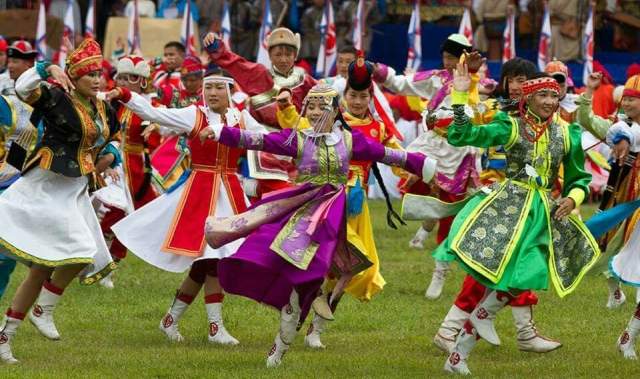
Naadam is Mongolia’s national festival, a celebration of the country’s nomadic culture and traditional sports: wrestling, horse racing, and archery.
- What to Expect: Competitions in the three “manly” sports, along with traditional music, dance, and food. So, it’s a chance to witness the strength, skill, and horsemanship of the Mongolian people.
- Why It’s Unique: Naadam is a UNESCO Intangible Cultural Heritage of Humanity, a testament to its cultural significance and historical importance.
- My Tip: Consider visiting a smaller, local Naadam festival outside of the capital city, Ulaanbaatar, for a more authentic experience.
8. Diwali, India: A Beautiful Festival of Lights
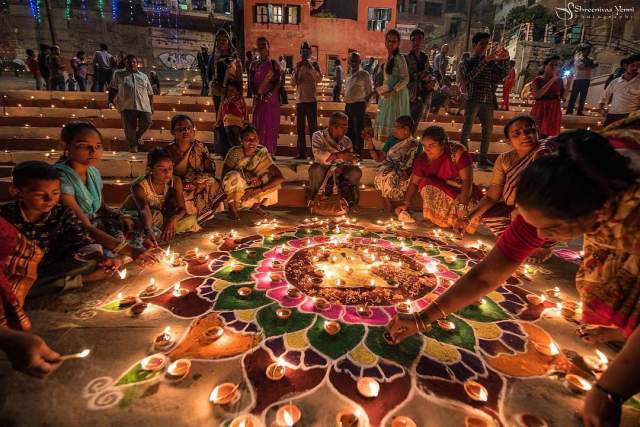
Diwali, the “Festival of Lights,” is one of the most important festivals in Hinduism, celebrated by millions of people around the world.
- What to Expect: Homes and streets are decorated with, like, countless oil lamps (diyas) and colorful lights, creating a magical atmosphere. You will see fireworks, and enjoy delicious sweets and feasts, and the exchange of gifts.
- Why it is Unique: So, it is symbolic of new beginnings and light triumphing over darkness, it is one of the best cultural festivals around the globe to experience.
- My Tip: Be mindful of fire safety during the fireworks displays, and definitely try the traditional sweets.
9. Obon Festival, Japan: Let’s Honor Ancestors’ Spirits
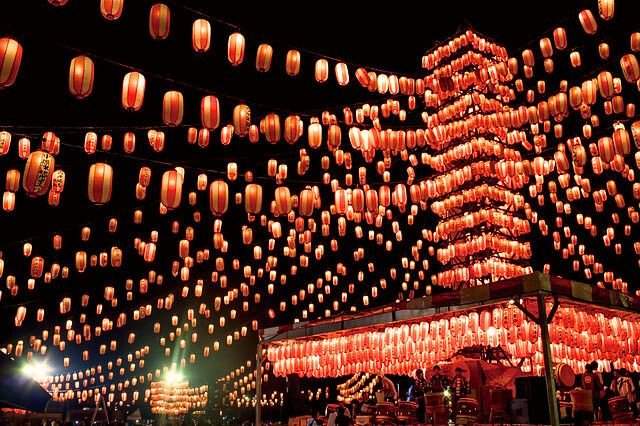
The Obon Festival, also known as Bon Festival, is a Japanese Buddhist custom to honor the spirits of ancestors.
- What to Expect: You’ll experience Bon Odori dances, floating lanterns (toro nagashi), and family gatherings. It’s a time for reflection, remembrance, and honoring the past.
- Why It’s Unique: The Bon Odori dances are a beautiful and moving expression of respect for ancestors. And the sight of lanterns floating down rivers or on the sea is truly unforgettable.
- My Tip: Check for locations, check your calendar, to find the best time to visit cultural festivals around the world.
10. Junkanoo, The Bahamas: You’ll See A Street Parade Extravaganza
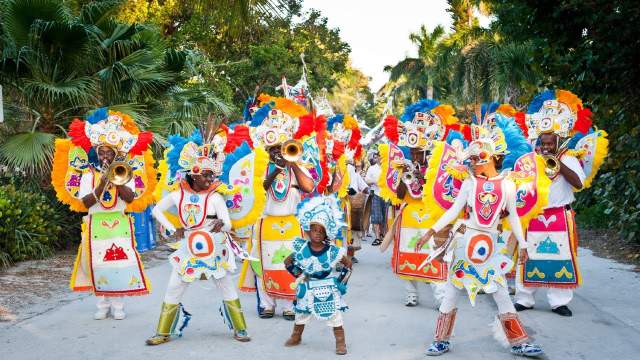
Junkanoo is a vibrant street parade held in the Bahamas, primarily on Boxing Day (December 26th) and New Year’s Day.
- What to Expect: It’s all about elaborate costumes, rhythmic music (using goatskin drums, cowbells, and whistles), and energetic dancing. It’s a celebration of Bahamian culture and history.
- Why It’s Unique: Well, Junkanoo’s roots are in the days of slavery, when slaves were given three days off at Christmas time. It’s a powerful expression of resilience, creativity, and freedom.
- My Tip: Be prepared for large crowds and a high-energy atmosphere. You should get ready to dance!
Final Thoughts: You Should Embrace the World’s Cultural Tapestry
So yeah, this list is just a starting point. I mean, there are countless other cultural and traditional festivals across continents waiting to be discovered. From the world festival guide, consider smaller, lesser-known ethnic festivals and indigenous celebrations, like the Hornbill Festival in Nagaland, India, or the Inti Raymi festival in Cusco, Peru. Each one offers a really unique and enriching experience.
So, I mean, what are you waiting for? Start planning your next adventure and immerse yourself in the vibrant tapestry of the world’s cultures.
